This species of mouse deer is listed by the IUCN as endangered and there is a small, and mainly female, population managed in European zoos.
how to help
For many species, it’s now or never.
Donate Nowor why not Fundraise For Us?
Nature’s SAFE, one of Europe’s largest living biobanks is freezing tissue samples from the world’s rarest animals to save them from extinction. Nature’s SAFE is now home to biological tissue samples of 100 of the planet’s most endangered species – providing a vital insurance policy for threatened wildlife, so it can be protected for generations to come.
Currently, 100 species are lost each day to extinction, and as the last few species die, their genetic blueprint is removed forever from our planet. Nature’s SAFE partners with accredited zoos to collect and process tissue and reproductive cell samples from threatened and endangered species, storing them in an indefinitely cryopreserved living state at -196oC. Once thawed, these stored living cells can one day be used in cell culture or assisted reproductive technologies to maintain genetic diversity in the species gene pool.
“With gene pools shrinking, cryopreservation is a critical piece of the conservation puzzle, providing a safeguard for animals the world is currently on track to lose.” said Dr Sue Walker Head of Science at Chester Zoo and Co-Founder of Nature’s SAFE.
Biological samples from the Eastern black rhino, jaguar, Javan green magpie and mountain chicken frog are some of the highly threatened species that have been frozen at the Nature’s SAFE biobank. Photos courtesy of Chester Zoo.
As a centre of excellence in reproductive science, Nature’s SAFE has to date cryo-preserved multiple cell types from many endangered animal species, including the critically endangered mountain chicken frog, Javan green magpie, pied tamarin, and jaguar. The 100th species to join The Living Biobank, is the Owston’s civet; a beguiling animal on the brink of extinction in the wild across South East Asia.
Dr Veronica Cowl, Reproductive Biology Coordinator for Chester Zoo and the European Association for Zoos and Aquaria (EAZA) said “We’ve been working on understanding reproduction in the elusive Owston’s civet for more than three years, and it’s fantastic that we can now preserve the genes from the current zoo population in Nature’s SAFE, The Living Biobank. It’s a great step forward in our work to prevent the extinction of this beautiful species, and it’s a pleasure to work with such a passionate group of people”.

Nature’s SAFE has an ever-expanding, global network of expertise to enable cutting-edge reproductive and biobanking science to be delivered to zoological collections for free and invites queries from potential new biobank partners or supporters.
“Without Nature’s SAFE, for many species already so near the brink of extinction, there will be no return. With Nature’s SAFE and other biobanking partners – there is optimism. We know the 6th mass extinction on Earth is underway, and there will be rough times ahead. The question is what do we want to do about it? And our answer is: we want to secure future options for biodiversity, by acting now.”
~ Tullis Matson, Chair and Founder, Natures SAFE
Don’t miss
This species of mouse deer is listed by the IUCN as endangered and there is a small, and mainly female, population managed in European zoos.
Last week, we had the incredible opportunity to visit two of our valued conservation partners – Jimmy’s Farm & Wildlife Park and Watatunga Wildlife Reserve. These two institutions both exemplify the profound impact that dedication to wildlife preservation can have on protecting our planet's biodiversity.
Nature's SAFE, a Whitchurch-based conservation charity dedicated to saving animals from extinction, has formed a new partnership with Watatunga Wildlife Reserve, a wildlife park in Norfolk housing threatened deer, antelope and bird species.
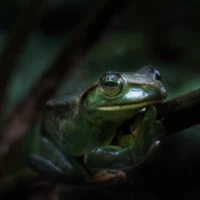
Fea’s tree frog
Total Population: Unknown
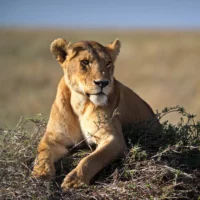
African Lion
Total Population: 20,000 - 25,000 in the wild
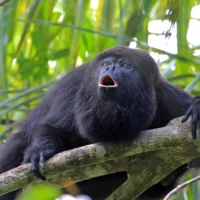
Black howler monkey
Total Population: Less than 5,000 in the wild
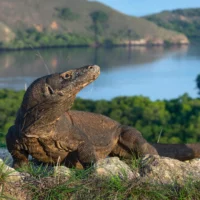
Komodo dragon
Total Population: Around 3,500 in the wild
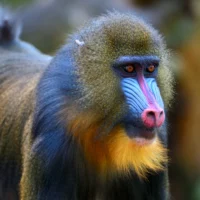
Mandrill
Total Population: Unknown
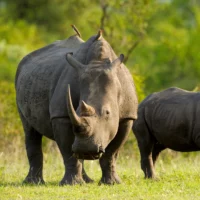
Southern white rhino
Total Population: Around 15,000 in the wild
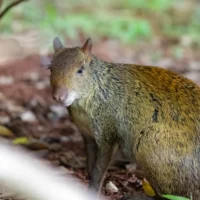
Azara’s agouti
Total Population: Unknown
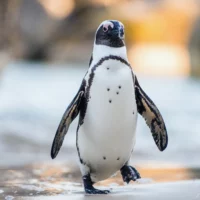
African penguin
Total Population: Less than 40,000 in the wild
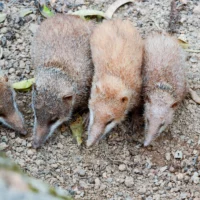
Lesser Madagascan tenrec
Total Population: Unknown
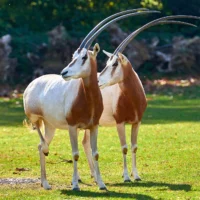
Scimitar-horned oryx
Total Population: Around 400 in the wild
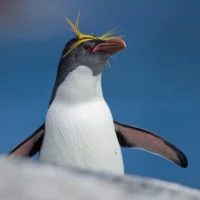
Macaroni Penguin
Total Population: Around 12 million
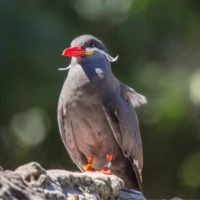
Inca Tern
Total Population: Around 150,000 in the wild
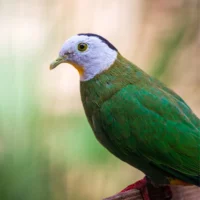
Black-naped fruit dove
Total Population: Unknown
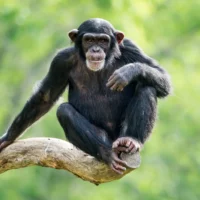
Chimpanzee
Total Population: 170,000 - 300, 000 in the wild
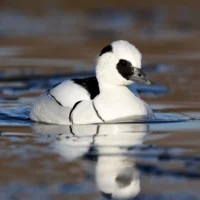
Smew
Total Population: Around 80,000 in the wild
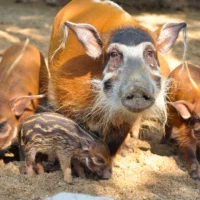
Red river hog
Total Population: Unknown
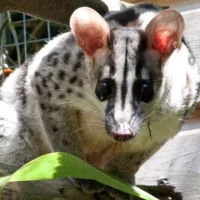
Owston’s palm civet
Total Population: Unknown
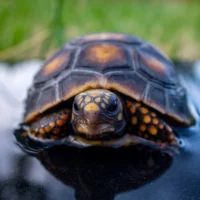
Red-footed tortoise
Total Population: Unknown
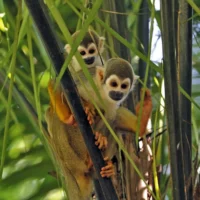
Guianan Squirrel Monkey
Total Population: Around 150,000 in the wild
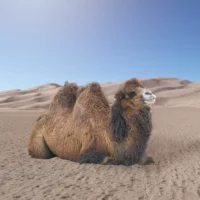
Bactrian camel
Total Population: Less than 1,000 in the wild
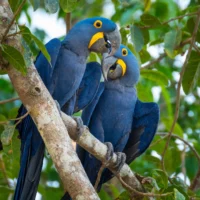
Hyacinth macaw
Total Population: Around 6,500 in the wild
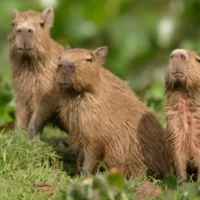
Capybara
Total Population: Unknown
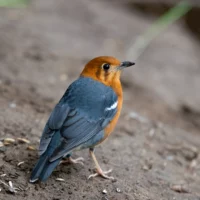
Orange-headed thrush
Total Population: Unknown